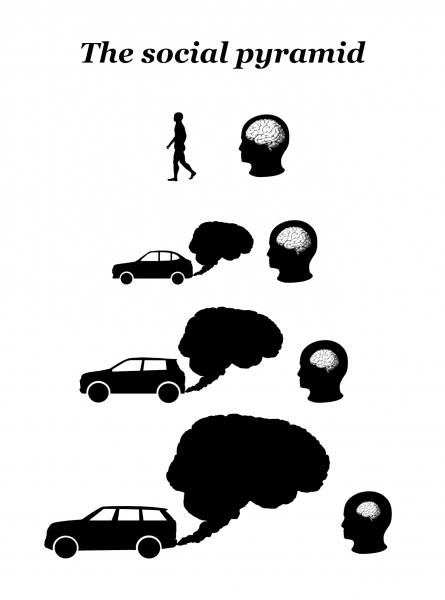SENDER: Paweł Petasz / RECIPIENT: the whole world
The art center Centrum Sztuki Galeria EL in Elbląg / Poland shows the international mail art exhibition “SENDER: Paweł Petasz / RECIPIENT: the whole world”.
“Mail art” is something that is not quite part of everyday life and yet emerges from it; something seemingly average, ordinary, but enriched with an artistic element. The idea of linking, binding and ultimately networking is at the heart of a movement that began to germinate in the underground of conceptual art in the two decades following the end of the Second World War and was cultivated and further developed by circles that identified with the international neo-avant-garde movement. To a certain extent, “mail art” sacralized the everyday and brought the elements that make it up into the horizon of aesthetic interest. In the case of mail art, such an “everyday-unusual” subject became the phenomenon of communication - the ability to communicate, to dialog, to exchange information, and thus something universal and yet personal, sometimes even intimate, that belongs to each of us. The “fixed variables” remained the same: what still counted was the relationship between sender and recipient and the message, the essence of the whole phenomenon. The visit to the post office, the sending and receiving of the mail and the waiting for a reply were treated in this case as elements of an event that crept unnoticed into the bureaucratic machinery of the postal institution. It was therefore a form of playing (with) everyday life, but also with the system, with the regime (which was particularly evident among the mail artists operating on the eastern side of the “iron curtain”); a game that balanced on the edge of ridicule.
The mail artists broke through the ubiquitous greyness and stereotypical nature of the era not only through the special form of their art, but also by “poking fun” at the authorities. More than once, they had to put up with unpleasant consequences when conspicuous parcels and packages aroused the suspicions of the security authorities. “All private prints were considered enemy leaflets, and the network (...) could only be spied on,” explained Paweł Petasz years later, a graphic artist, painter and visual artist who belonged to the world of postal art and was associated with Elbląg and the local EL Gallery for most of his life. Our exhibition is mainly about him. It is thanks to Paweł Petasz that the town, which lies somewhat on the outskirts of Pomerania, on the edge of the Żuławy Wiślane, became one of the centers of the burgeoning art postal network in the 1970s, which connected related, often regional cultural institutions as well as the private addresses of artists involved in the movement from all over the world.
Paweł Petasz apparently found the opportunity to express himself in the art of the post. The artist from Kalisz came to Elbląg in 1974 and began working as the director of the EL Gallery at the age of 23. He only held this position for a relatively short time - two years. However, it was a time of intense conceptual activity. Paweł Petasz opened a completely new chapter in the history of this place by introducing a perspective that no one here had known before. The art mail he sent, despite the censorship in force, went beyond the borders, and parcels sent from Elbląg even reached Latin America and the United States. It is impossible not to recognize a rebellious character in these activities, and the fact that some of these artworks contained pacifist slogans in the geopolitical climate of the time reinforced their “subversive” nature. One could say that long before the era of the dismantling of “grand narratives” began, mail art in a way created a space for micro-storytelling that not only lifted the sanctions imposed by the system, but also challenged social norms. By remembering the artist and visionary Pawel Petasz in an exhibition dedicated to post art, we pay tribute to a humble man who shunned publicity. By telling the artist's legacy, we are using the means of communication that was closest to him.
The exhibition is made up of archive material from the holdings of the EL Gallery and the private collections of collectors and Paweł Petasz's family, as well as artists and his friends who were in “creative international correspondence” with him, and was created with partners such as the Staatliches Museum Schwerin. We also “weave” into our exhibition the works of contemporary artists who responded to our OPEN CALL and sent us their works and entered into a creative (postal) dialog with Paweł Petasz's work. As it says in one of the slogans of another OPEN CALL from a few decades ago: “Time is not linear, and neither is mail art”, hence the intention of this work, which is also an attempt to answer the question of whether “postal art” still exists in today's world, in the age of the Internet, rapid mobility, new media and technology?
Exhibition opening with guided tour: 26.09.2024 at 18:00
26.9. –17.11. November 2024
Centrum Sztuki Galeria EL
Kuśnierska 6
82-300 Elbląg
Poland
Opening hours:
Monday: 10am – 4pm
Tuesday – Saturday: 10am – 6pm
Sunday: 10am – 5pm
Admission: 8 zł, reduced 4 zł
